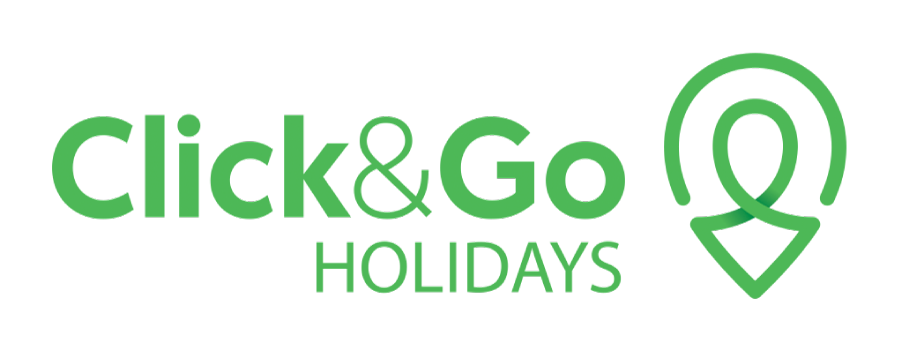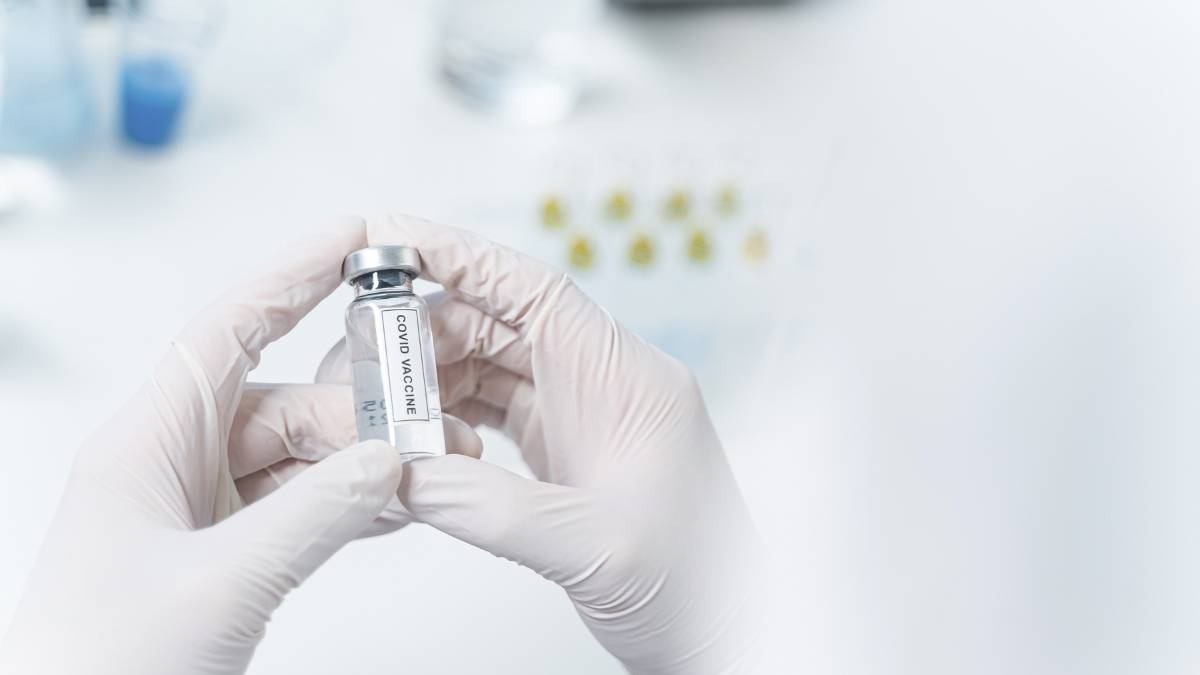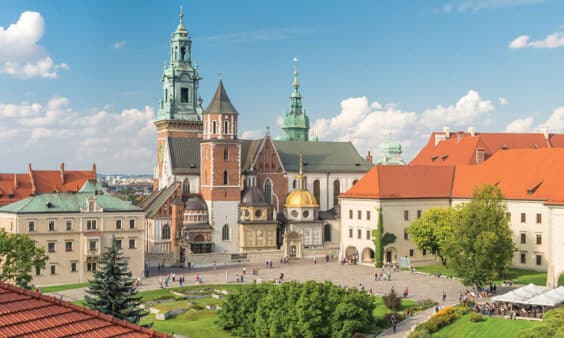The light at the end of the COVID-19 tunnel has been a vaccine. It would restart international travel, live entertainment and get life back to what it was.
As it’s now one year since the first case was discovered in China, two vaccines with over 90% efficacy have been announced. The first vaccine announced was created by Pfizer, initially boasting 90% efficacy, and the second by Moderna Therapeutics boasting 94.5% efficacy.
Both vaccines are monumental as leading health experts, such as the World Health Organisation, expected efficacy rates of around 50%.
Pfizer COVID-19 Vaccine
Announced on Monday 9th of November, Pfizer and BioNTech’s vaccine was found to be 90% effective as it finished its phase three trial.
Phase three of their trial began in July with 43,538 participants across 6 countries being split into two groups: one received the vaccine and the other received a placebo. The vaccine was administered in two doses, three weeks apart. Seven days after the second dose, the researchers involved in the vaccine started to see who had contracted COVID-19.
On the 19th of November, after passing its final safety checks the Pfizer vaccine was found to be 95% effective. Over the course of the trial, the following contracted coronavirus:
- 170 people in total contracted the virus
- 8 of whom had been given the vaccine
- 162 of whom were in the placebo group
One of the biggest questions with this vaccine was how effective it would be in those with weaker immune systems. In the final safety checks, Pfizer’s vaccine is shown to be 94% effective with those aged 65 and older. The vaccine produces an antibody and T-cell response in the body to fight coronavirus.
What are the next steps?
Pfizer is preparing to file for emergency use authorisation from the US Food and Drug Administration. They hope to produce 50 million vaccine doses globally in 2020 and up to 1.3 billion in 2021.
Moderna Therapeutics COVID-19 Vaccine
Announced on the 16th of November, Moderna Therapeutics announced the findings from phase three of their clinical trials. They found their vaccine to be 94.5% effective.
Their test group consisted of:
- Approx. 30,000 people of different ages and backgrounds
- Over 7,000 people over the age of 65
- Over 5,000 under the age of 65 who have high-risk chronic conditions
From this test, there were 95 confirmed cases of COVID-19 — 90 of which were in the placebo group.
Similar to the Pfizer vaccine, it requires two doses and is an mRNA vaccine, meaning it doesn’t expose your immune system to the virus, but rather helps it produce the antibodies to fight it.
One of the biggest advantages to the Moderna vaccine is the temperature at which it can be stored, which aids the transportation of the vaccine but also storage in pharmacies, hospitals and doctor’s offices. Moderna’s vaccine can be stored at 2 – 8 degrees Celsius for 30 days, whereas the Pfizer BioNTech vaccine has to be kept at a minimum of minus 70 degrees Celsius and would last up to 5 days with refrigeration.
What are the next steps?
Moderna Therapeutics will be submitting their vaccine for emergency use authorisation with the US Food and Drug Administration. They also plan to submit applications for authorisations to global regulatory agencies.
Moderna are expeted to have 20 million doses ready to ship by the end of 2020 and between 500 million and 1 billion doses in 2021.
What will we do in the meantime?
In the meantime, rapid antigen, LAMP and PCR tests will be used by those wishing to travel. In our day-to-day lives, we should continue to follow the public health guidelines of wearing a face covering, keeping our distance, washing our hands and practising good sneeze and cough etiquette.
How many vaccines will Ireland get?
It’s estimated that Ireland could receive just over 4.5million doses of a COVID-19 vaccine.
The European Commission has brokered a deal with Pfizer. This would give Ireland the option to buy 3 million doses of their vaccine.
A deal with Moderna is currently being finalised. This could see Ireland receiving 1%, or 1.6 million, of the European Commission’s 160 million doses of their vaccine.




